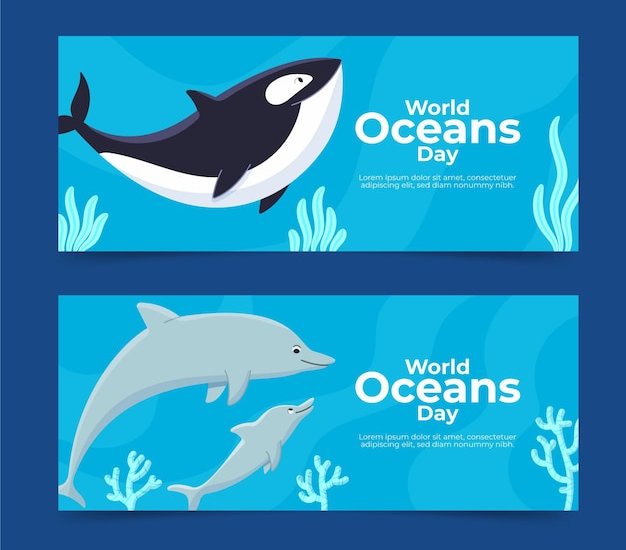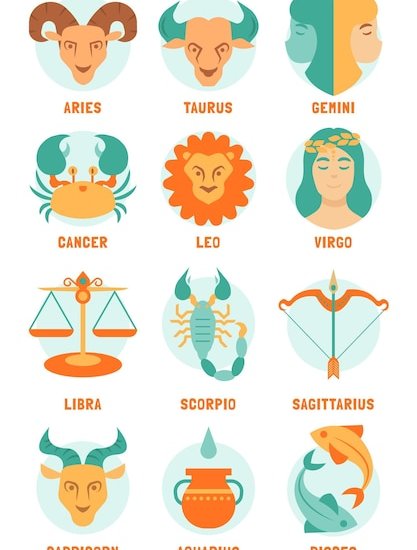Amazing Facts About the Sun

The sun is the largest celestial body in our solar system.
The temperature of the sun’s core is about 15 million degrees Celsius.
The sun is about 4.6 billion years old.
The sun’s gravity holds all the planets in our solar system in orbit.
The sun is made up of mostly hydrogen and helium gases.
It takes about 8 minutes and 20 seconds for sunlight to reach Earth.
The sun is approximately 109 times wider than Earth.
The sun’s surface is covered in a layer of constantly shifting magnetic fields.
Solar flares, which are explosions on the sun’s surface, can release the energy of millions of atomic bombs.
The sun’s energy output is so powerful that it could power over 600 trillion light bulbs.
Sunspots, which are cooler areas on the sun’s surface, can be larger than the Earth.
The sun rotates on its axis once every 27 days.
The sun’s outer atmosphere is called the corona and is much hotter than the sun’s surface.
Sunlight contains different colors of light, which can be seen as a rainbow when refracted through water droplets.
The sun’s energy is responsible for photosynthesis, the process by which plants convert sunlight into food.
A total solar eclipse occurs when the moon passes directly between the Earth and the sun, casting a shadow on Earth.
The sun will eventually become a red giant and expand to swallow up the inner planets, including Earth.
Amazing Facts About the Sun part 2
The sun’s magnetic field flips every 11 years, causing an increase in solar activity.
The sun emits a constant stream of charged particles called the solar wind.
The sun is so massive that its gravity bends the path of light passing near it.
The sun is not solid; it is in a constant state of nuclear fusion at its core.
The sun’s energy output is slowly increasing over time.
The sun is classified as a type G star, with a surface temperature of about 5,500 degrees Celsius.
Solar storms caused by the sun’s activity can disrupt satellite communications and electrical power grids.
The sun’s diameter is about 109 times bigger than Earth’s diameter.
The sun does not have a solid surface; it is composed of layers of gas.
The sun’s energy is responsible for the Earth’s climate and weather patterns.
The sun’s gravity is what keeps the planets in our solar system in orbit.
Solar eclipses can only occur when the moon is in the new moon phase.
It would take around 1.3 million Earths to fill the volume of the sun.
The sun rotates faster at its equator than at its poles.
The sun’s energy output could power a spacecraft to reach Mars in as little as 9 months.
The sun’s gravity is what prevents the planets from flying off into space.
The sun contains 99.86% of the total mass of the solar system.
The sun’s surface is not solid; it has a texture similar to boiling water.
The sun’s gravity causes a slight wobble in the orbit of other planets.
The sun’s energy is what drives Earth’s water cycle, causing evaporation and precipitation.
The sun emits different types of radiation, including visible light, ultraviolet light, and X-rays.
The sun’s magnetic field extends far beyond the orbit of Pluto.
The sun’s energy output is expected to increase by about 6% over the next billion years.
The sun will eventually run out of hydrogen fuel and begin to fuse helium, becoming a red giant.
The sun is about 333,000 times more massive than Earth.
The sun’s magnetic field flips every 11 years, causing changes in the number and size of sunspots.
The sun’s core is under extreme pressure, which causes hydrogen atoms to fuse together and release energy.
The sun’s energy is what provides heat and light to support life on Earth.

